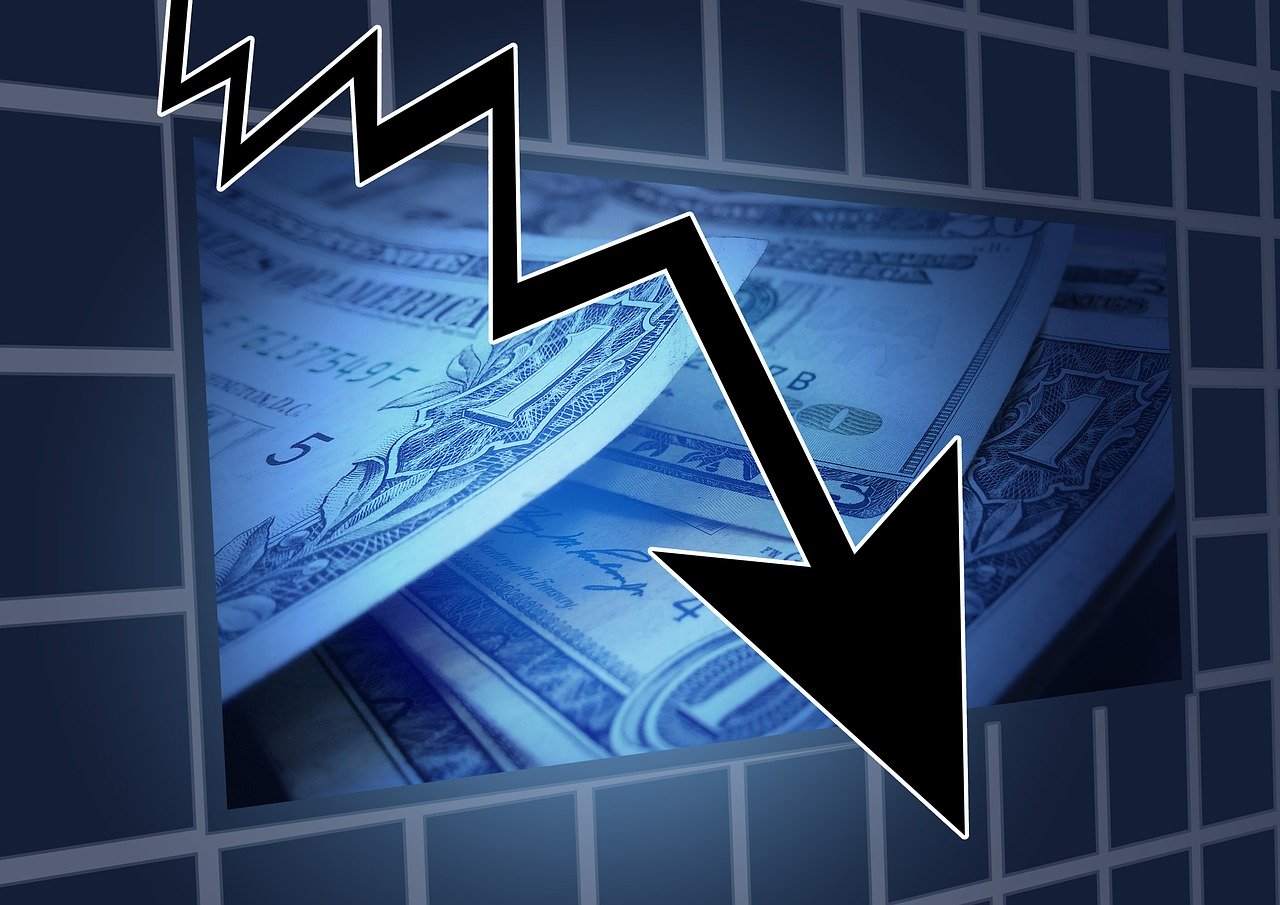
Most people don’t typically associate central banks with profits and losses, but if the rapidly growing debt at the Federal Reserve and many of its peers is any indication, that may soon change.
The bond market is currently going through its worst selloff in over 30 years, caused by both high inflation and the major interest-rate hikes central banks are implementing. As bond prices fall, this creates huge paper losses for the Fed and other central banks who accumulated massive holdings during their efforts to rescue the economy in recent years.
In addition, when the Fed and other central banks raise rates, they also pay commercial banks more interest on the reserves those banks keep with the central bank. That’s caused the Fed to operate at a loss, which creates a deficit that may eventually require the Treasury Department to cover by selling debt. The UK Treasury is already making preparations to cover any potential losses at the Bank of England.
Britain’s recent decision highlights a major change in countries where central banks are no longer significant government revenue contributors, including the United States.
Bloomberg notes that according to Amherst Pierpont Securities LLC, the US Treasury’s potential annual loss rate by year-end could be about $80 billion– a significant loss from the approximately $100 billion it received last year from the Fed.
According to Jerome Haegeli, chief economist at Swiss Re who previously worked at the Switzerland Central Bank, the problem with central bank losses are not necessarily the recapitalization costs. Rather, it is ʺthe political backlash central banks are likely to increasingly face.ʺ
The following figures show the size of mark-to-market balance-sheet losses now materializing. Mark-to-market accounting is a method of recording the value of assets and liabilities on the balance sheet at their current market prices. This approach can provide a more accurate picture of an organization’s financial health, as it reflects the current market value of its assets and liabilities rather than their original purchase price.
So, again- as per Bberg, here are some central bank figures showing the size of operating losses.
– The Fed’s balance of remittances owed to the US Treasury reached a deficit of $5.3 billion as of Oct. 19, in stark contrast to the positive figures seen in August.
– For the 12 months through June, the Reserve Bank of Australia posted an accounting loss of A$36.7 billion ($23 billion), resulting in a negative-equity position of A$12.4 billion.
– Last month, Dutch central bank Governor and a member of the European Central Bank’s governing council Klaas Knot predicted that the country will lose about 9 billion euros in the next few years.
– For the first six months of fiscal year 2022, the Swiss National Bank reported a massive loss of 95.2 billion francs ($95 billion) as the value of its foreign-exchange holdings dropped– the worst performance in SNB’s history since it was established over 110 years ago.
– The European Central Bank (ECB) is also under significant pressure as it tries to get rid of its bond holdings with inflation rates printing five times the target goal. This is being done even though the economic outlook appears to be getting worse rather than better.
ECB President Christine Lagarde has not given any indication that the ECB’s decision on quantitative easing will be motivated by loss prevention. Last month, she told lawmakers in Brussels that central banks are not responsible for making a profit, and maintaining inflation is their sole focus as policymakers.
As for the Fed, in the past, Republicans have objected to the Federal Reserve’s authority to pay interest on surplus bank reserves. However, this practice was put in place during 2008 in order to help control interest rates.
If the Federal Reserve continues to experience losses and if Republicans have a chance of taking control over one chamber in Congress during the November midterm elections, then the debate may resurface.
It goes without saying that the Fed is in a tricky spot. They are trying to raise interest rates without causing too much pain, but they may be fighting a losing battle. With so much debt and turmoil overseas, it’s hard to see how the Fed will make any progress. Investors seem to agree, as stock prices continue to fall. For now, we can only wait and see what happens next.
- Bulenox: Get 45% to 91% OFF ... Use Discount Code: UNO
- Risk Our Money Not Yours | Get 50% to 90% OFF ... Use Discount Code: MMBVBKSM
Disclaimer: This page contains affiliate links. If you choose to make a purchase after clicking a link, we may receive a commission at no additional cost to you. Thank you for your support!


Leave a Reply